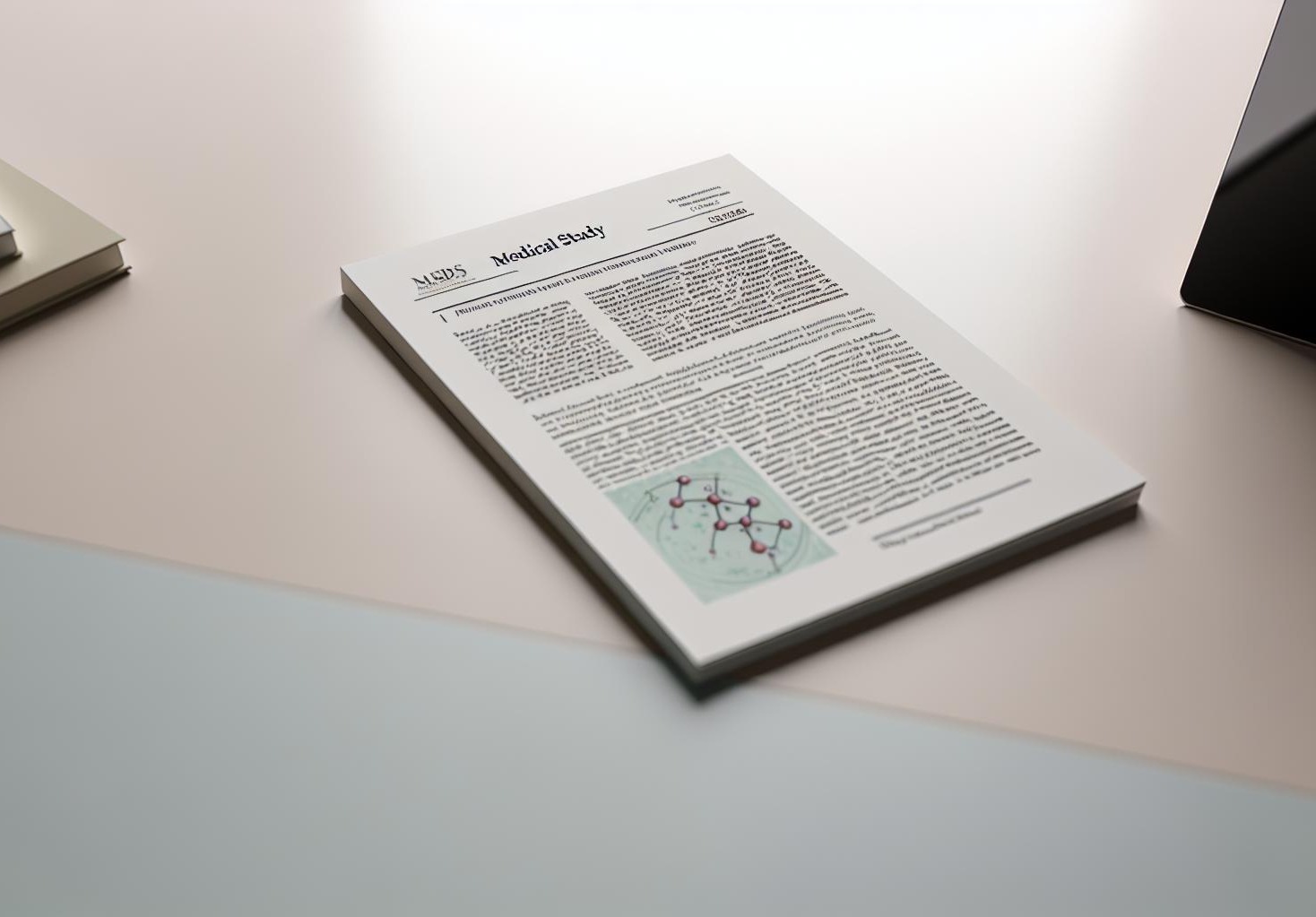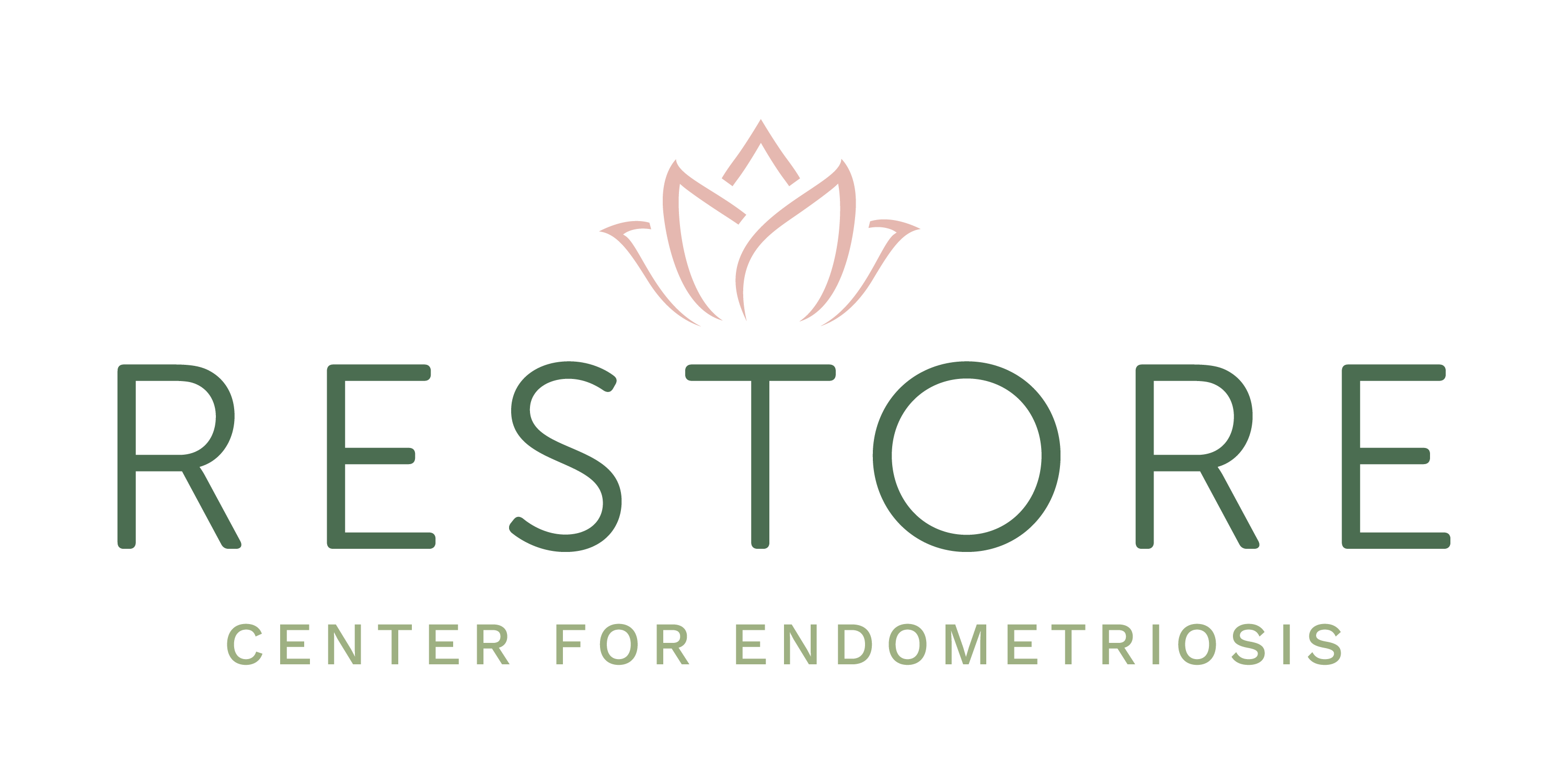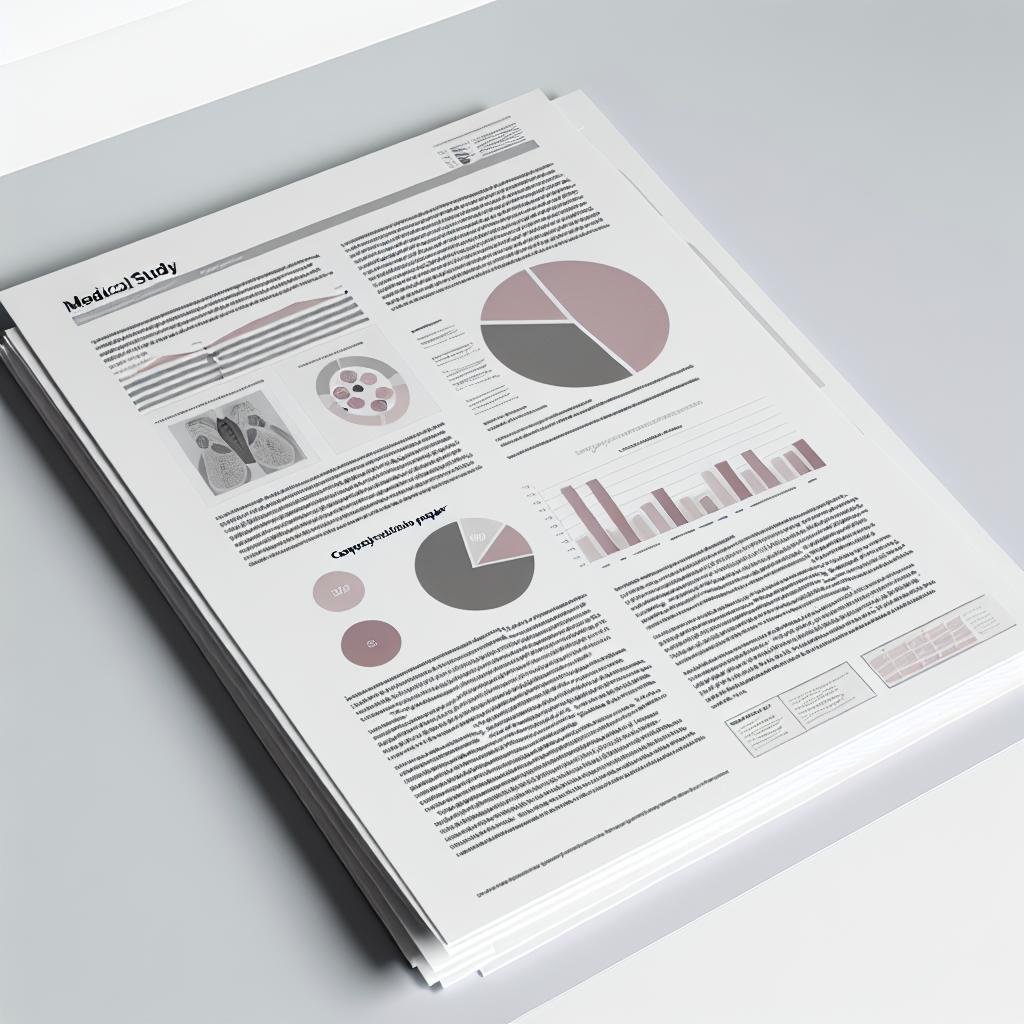2 min read
Enhancing Quality of Life: Treating Deep Retraction Pockets in Endometriosis
Restore Center For Endometriosis April 29, 2024

Learn how addressing deep retraction pockets in endometriosis can improve quality of life for patients.
Understanding Deep Retraction Pockets in Endometriosis
Deep retraction pockets are a form of endometriosis that can manifest as sunken areas or divots in the pelvic wall. Unlike typical endometriosis lesions or spots, these pockets can also be painful for patients. In his study on Deep Retraction Pockets, Endometriosis, and Quality of Life, Dr. Patrick Yeung explains that these pockets can be treated by removing the affected tissue, which can potentially improve fertility in patients. Retraction pockets are an atypical manifestation of endometriosis that has not been extensively studied in the past 30 years.
Dr. Yeung mentions the use of a non-contact CO2 laser to remove the retraction pockets, even when they are located near or on vital structures such as the bowel, bladder, or ureter vessels. This technique allows for the treatment of both typical and atypical forms of endometriosis, including subtle manifestations.
Impact on Quality of Life
Addressing deep retraction pockets in endometriosis can have a significant impact on the quality of life for patients. These pockets can cause pain and discomfort, which can be relieved through surgical removal. By treating the retraction pockets, patients may experience an improvement in their overall well-being and physical health. Additionally, Dr. Yeung suggests that excising endometriosis found near vital structures can also positively impact fertility, further enhancing the quality of life for patients.
Diagnosis and Treatment Options
Diagnosing deep retraction pockets in endometriosis requires a thorough evaluation by an endometriosis specialist. Dr. Yeung emphasizes the importance of considering atypical and subtle forms of endometriosis, not just the typical lesions or spots. This involves conducting a comprehensive examination of the pelvic area to identify any sunken areas or divots that may indicate the presence of retraction pockets.
Once diagnosed, the recommended treatment option is the excision of the retraction pockets. Dr. Yeung uses a non-contact CO2 laser to scallop off the affected tissue, even when it is located near or on vital structures. This technique allows for precise and effective removal of the endometriosis, potentially improving fertility outcomes and relieving pain in patients.
Optimal Excision Techniques
Dr. Yeung defines optimal excision as treating any suspicious tissue for endometriosis, regardless of its form or location. This includes treating endometriosis near or on vital structures that other practitioners might avoid. His use of a non-contact CO2 laser enables him to perform excisions even over vital structures, ensuring thorough treatment and potentially improving fertility outcomes.
The excision technique involves scalloping off the retraction pockets using the laser, which allows for precise and controlled removal of the affected tissue. By utilizing this technique, Dr. Yeung aims to address both typical and atypical forms of endometriosis, providing comprehensive care for his patients.
Future Research and Implications
The publication of Dr. Yeung's study on retraction pockets in endometriosis marks a significant advancement in the understanding of this atypical manifestation. However, there is still much more to explore in this field. Future research should focus on further investigating the prevalence and characteristics of retraction pockets, as well as their impact on fertility and overall quality of life.
The implications of identifying and treating retraction pockets extend beyond improved fertility outcomes. By addressing these pockets, healthcare providers may be able to alleviate pain and discomfort in patients, leading to an enhanced quality of life. Additionally, understanding the presence and significance of retraction pockets can help guide clinical decision-making, ensuring optimal care for individuals with endometriosis.




